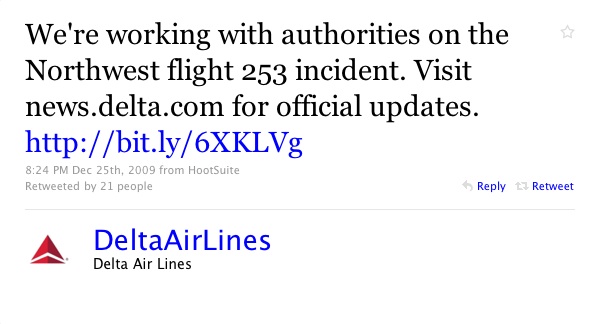WORDS ON FIRE:
The Power of Incendiary Language and How to Confront It
Author and leadership communication professor Helio Fred Garcia documents President Donald Trump’s increasingly dangerous rhetoric, from his campaign through the first 2 ½ years in office, and how some lone wolves were motivated by that rhetoric to commit violence, in his new book, WORDS ON FIRE: The Power of Incendiary Language and How to Confront It. Published by Radius Book Group, Words on Fire is scheduled for release on June 30, 2020.
WORDS ON FIRE is about the power of communication to do great harm, and how civic leaders and engaged citizens can hold leaders accountable to prevent such harm. Garcia focuses on the language President Trump uses that conditions an audience to accept, condone, and commit violence against a targeted group, rival, or critic. The book includes a history of such rhetoric and identifies a playbook of twelve forms of communication that typically precede acts of mass violence up to and including genocide. The Nazis used all twelve; the Rwandan Hutu used ten. Trump uses all twelve. Garcia also introduces a new, more accessible name for rhetoric that provokes violence: lone-wolf whistle violence, on the model of “dog whistle” politics, where politicians use coded language that conveys one meaning, usually benign, to most people, but a different meaning to members of a certain group or followers of a certain ideology.
“In my teaching and research, I study patterns: patterns that help leaders enhance competitive advantage, build trust and loyalty, and change the world for the better. I also note patterns that predictably, even if unintentionally, lead to hurt, to harm, and to violence,” said Garcia. “In reflecting on the President’s language, I noticed a pattern: He was using the very same rhetorical techniques that had preceded previous mass murders, including genocides. I worried that, left unchecked, he would continue, with increasingly dire consequences.”
WORDS ON FIRE describes the changes in the nation’s political culture and media that led to Trump’s nomination and presidency. It profiles leaders who dialed back their rhetoric when it was shown to put people’s lives at risk. The book closes with a call to action: We can learn the lessons of today to prepare for tomorrow, to help civic leaders, engaged citizens, journalists, and public officials recognize the phenomenon and take steps to hold other leaders accountable in the future when they use such language.
Advance Praise for Words on Fire
“Language is power, and powerful. It can uplift, or harm. Helio Fred Garcia is an astute student of language and communication. This book offers historic examples, keen insights and valuable advice on recognizing patterns of language that can harm or lead to violence.”
— Former Pentagon and Department of Homeland Security spokesman, Col. David Lapan, USMC (Ret)
“Words on Fire serves as a guiding light during this dark moment in our history. Every American should read this timely, imperative book if we are to save our democracy.”
— Gold Star Parent and Immigrant American Khizr Khan
“Words On Fire should be mandatory reading and a guide book for every journalist, business school, religious leader, and elected official. Important institutions in our society and culture have the affirmative responsibility to stand up and speak out against the users and use of dangerous language.”
— James E. Lukaszewski, America’s Crisis Guru®
“This is a highly readable guide to how we can call out and combat Trump’s toxic language and malignant agenda, and push back against the corrosive forces that enable Trumpism and put our country in peril.”
— Evan Wolfson, Founder, Freedom to Marry
“Garcia, a proven scholar on communication, identifies rhetoric that breeds violence, affirms autocracy, and prompts terrorism as well as critical responses to those developments that serve as antidotes to trouble and strategies for building a more equitable, united world.”
— Rev. Dr. C. Welton Gaddy, President Emeritus, Interfaith Alliance
About the Author
For nearly 40 years Helio Fred Garcia has helped leaders build trust, inspire loyalty, and lead effectively. Garcia is a coach, counselor, teacher, writer, and speaker whose clients include some of the largest and best-known companies and organizations in the world including. He has worked and taught in dozens of countries on six continents.
Since 1988 Garcia has been an adjunct professor of management at the New York University Stern School of Business executive MBA program, where he teaches crisis management and was named Executive MBA Great Professor in 2016. He is an adjunct associate professor of management and communication at NYU School of professional studies where he teaches communication strategy, communication ethics and law, and crisis communication.
Garcia is also an adjunct associate professor of professional development and leadership at Columbia University’s Fu Foundation School of Engineering and Applied Sciences, where he teaches ethics, crisis, and leadership.
He is a senior fellow at the Institute of Corporate Communication at Communication University of China. He is a contract lecturer at the Defense Information School and at the Wharton School, University of Pennsylvania.
###
Media Contact:
Johanna Ramos-Boyer
JRB Communications, LLC
703-646-5137



